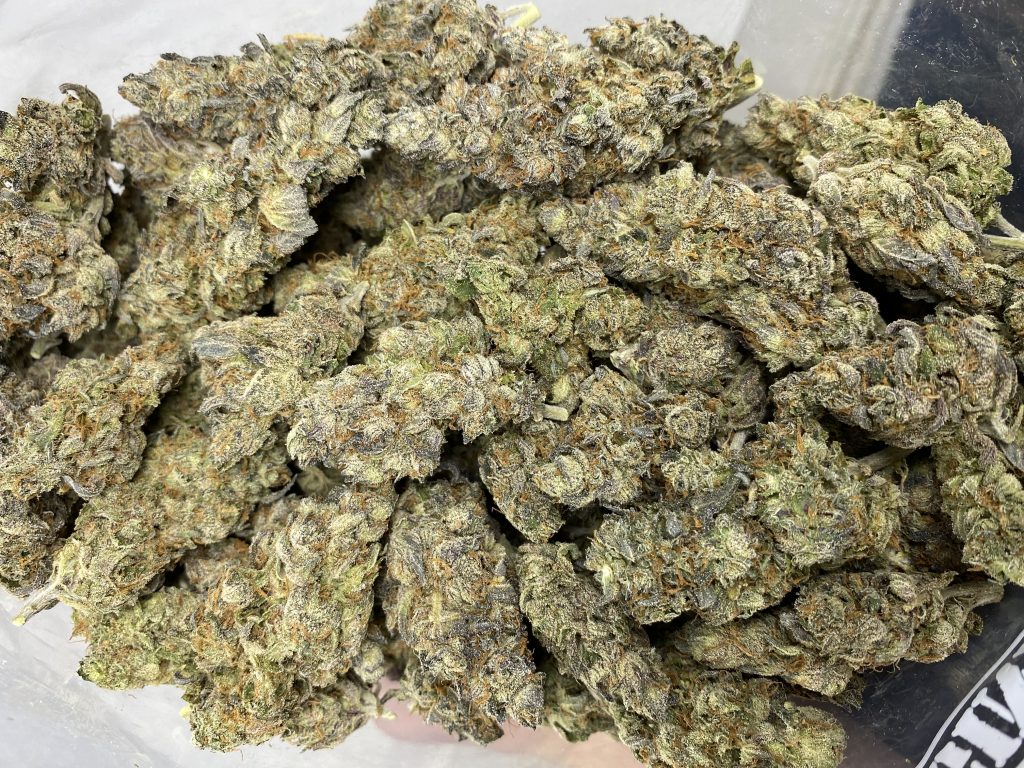
Many variables such as feeding schedules, wake windows, etc…influence the total amount of sleep they will get per day, and not all babies will have the same pattern during their first year. At birth, most infants spend between 40 minutes - 90 minutes asleep at each session during their first year. This is the age where that dreaded four-month regression can start to be noticed. Newborns only have two of these phases, NON-REM and REM, and spend equal amounts in both until about 16wks old when they transition to more mature sleep stages that mimic adults. Your baby is growing while they are sleeping! This is the stage where development growth occurs as our brain is processing and consolidating memories. Your muscles may even feel paralyzed during this cycle. This can cause movement of eyes, and the eyelids may even flutter. REM (Rapid Eye Movement) is the last sleep phase people cycle through.It is best to adjust accordingly with an eat, play, sleep routine and along with their own individual wake windows. Some can be quick adapters, and some will need those extra weeks.

Until your baby has learned proper sleep tools for handling nights, waking up again is not uncommon for some of them! This can take some time for them to develop these skills before you see any improvement.
AVERAGE DEEP SLEEP HOW TO
This stage, also known as “deep” sleep, as it is the most restorative form of sleep where our bodies heal and grow.īabies are still developing their sleep habits, and therefore they are still adjusting and learning how to get into the N3 stage. It is also possible to have some body movements, but it is very hard to come out of this state.

Citation curves of “All-elements-sleeping-beauties”: “Flash in the Pan” first and then “Delayed Recognition”. Proceedings of the National Academy of Sciences of the United States of America, 112(24), 7426–7431.

Defining and identifying sleeping beauties in science. Ke, Q., Ferrara, E., Radicchi, F., & Flammini, A. Better late than never? On the chance to become highly cited only beyond the standard bibliometric time horizon. From inhibin to scanning electron microscopy.

Delayed recognition in scientific discovery: Citation frequency analysis aids the search for case histories. Examples from the genetics of color blindness, the entropy of short-term memory, phosphoinositides, and polymer Rheology. Premature discovery or delayed recognition-why? Current Contents, 4, 488–493. Journal of the American Society for Information Science and Technology, 61(2), 329–339. Is scientific literature subject to a “sell-by-date”? A general methodology to analyze the “durability” of scientific documents.


 0 kommentar(er)
0 kommentar(er)
